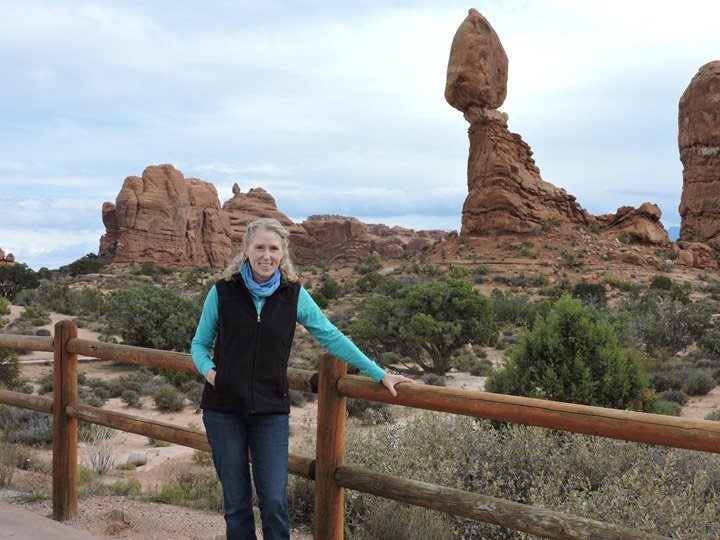
My art is about capturing an emotion, distilling the essence of it into a figure and sculpting in clay to communicate that emotion with the world.
“I push, pull, carve and manipulate clay to render my interpretations of the world around me. Using tension, balance, gesture I can relate a thought, emotion or tell a story.”
Biography
Artist Lori Kiplinger Pandy sculpts with empathy and energy. She diligently researches and gets to know and understand her subjects before creating sculptures in stylized realism.
An avid athlete with a background as an equestrian and a gymnast, Lori brings a unique understanding of anatomy and balance to her sculptures. With subtle changes in posture, gesture or weight distribution she conjures up feelings of tension, anticipation or repose.
Beneath the exuberant texture and balanced anatomy Kiplinger Pandy tells a story with the image and captures the spirit of a person or nature.
She exhibits her works in national juried shows with the Women Artists of the West, American Women Artists and the National Sculpture Society and the Loveland Sculpture in the Park. Her bronze portrait “Fierce – the Triumph of Harriet Tubman” is in the Harriet Tubman Museum in Macon, GA.
Lori Kiplinger Pandy won scholarships to study at Ringling College of Art and Design and the Scottsdale Artists School and continues to take workshops and study anatomy and sculpting techniques.
Born in Laredo, Texas, Lori grew up traveling throughout the United States and parts of Europe and now resides and works in Northern Colorado.
Artist’s Statement
People and the stories of their lives fascinate me and that is why I sculpt the human figure. Learning about a person’s accomplishments and how they have dealt with adversity matters. I can benefit from their choices and wisdom, celebrate their achievements and believe that others can too. By studying a person’s face and their body language, I can observe how their expressions and movements support or contradict what they are saying. This nonverbal language is often the purest form of communication and bridges the differences of race and culture and of era as well.
We are more alike than our geographical boundaries would suggest and emotions are a common thread that we all share. You don’t have to speak their language to understand and empathize with another person. The attitude of a hand, the tilt of a head, the expression on a face, these are clues to what that person is thinking or feeling. When art touches you, when can feel the emotions in the art that you are viewing, you become involved, invested and connected. To me, art is human emotion magnified.




